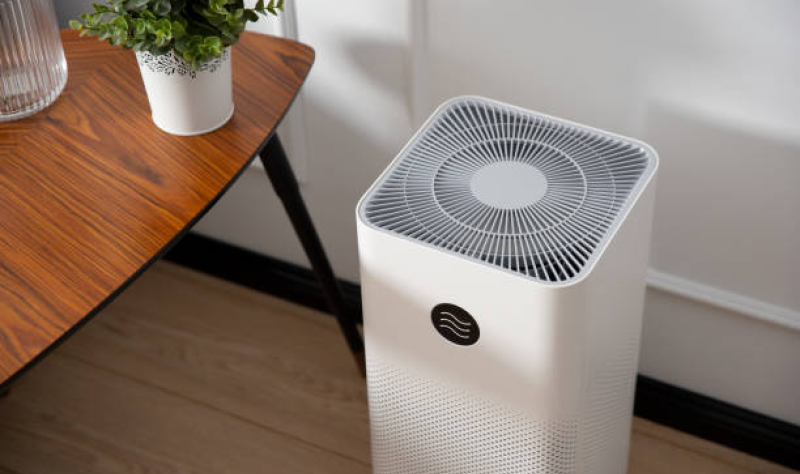Breast tumor trends are similar between women in Ghana and Black women in the U.S., suggest findings published October 13 in JAMA Network Open.
Researchers led by Brittny Davis Lynn, PhD, from the National Cancer Institute in Rockville, MD,…

Breast tumor trends are similar between women in Ghana and Black women in the U.S., suggest findings published October 13 in JAMA Network Open.
Researchers led by Brittny Davis Lynn, PhD, from the National Cancer Institute in Rockville, MD,…

Combining fruquintinib (Fruzaqla) with sintilimab (Tyvyt) significantly improved progression-free survival (PFS) vs axitinib (Inlyta) or everolimus (Afinitor) monotherapy among patients with locally advanced or metastatic renal cell carcinoma (RCC), according to a press release on findings from the
With a median follow-up of 16.6 months and a cutoff date of February 17, 2025, data from the phase 3 portion of the trial revealed a median PFS of 22.2 months in the fruquintinib arm and 6.9 months in the comparator arm (stratified HR, 0.373; P <.0001). Additionally, the objective response rate (ORR) was 60.5% vs 24.3% (OR, 4.622; P <.0001), with a median duration of response (DOR) of 23.7 months and 11.3 months in each arm.
Data related to overall survival (OS) were still maturing at the time of analysis. Investigators noted efficacy benefits with the fruquintinib combination across all prognostic risk subgroups based on the International mRCC Database Consortium (IMDC) guidelines.
Treatment with fruquintinib plus sintilimab appeared to be tolerable and comparable with prior reports of each agent. Grade 3 or higher treatment-emergent adverse effects (TEAEs) occurred in 71.4% of the experimental arm and 58.8% of the comparator arm.
Investigators will present detailed results from the FRUSICA-2 trial at the
“The FRUSICA-2 trial results provide compelling evidence that fruquintinib and sintilimab may offer a valuable new treatment option for patients with advanced [RCC],” co-leading principal trial investigator Dingwei Ye, MD, PhD, a professor at Fudan University Shanghai Cancer Center, stated in the press release.1 “These findings show the combination’s potential to address a critical unmet need for this patient population, delivering consistent benefits across varied patient profiles and prognostic risk groups.”
According to the press release, China’s National Medical Products Administration is currently reviewing a new drug application for fruquintinib plus sintilimab as a treatment for those with previously treated metastatic or locally advanced RCC based on data from the FRUSCIA-2 trial.
Investigators of the open-label, active-controlled, registration FRUSICA-2 trial assessed the safety and efficacy of fruquintinib plus sintilimab vs monotherapy with axitinib or everolimus among 234 patients with second-line advanced RCC. In the combination arm, patients received fruquintinib at 5 mg orally each day in a 2-week-on, 1-week-off schedule every 3 weeks per cycle plus sintilimab at 200 mg intravenously every 3 weeks.2
The trial’s primary end points included PFS in part 1 and ORR in part 2. Secondary end points included the disease control rate, DOR, time to response, OS, safety, and quality of life.
Patients 18 to 75 years old with histologically or cytologically confirmed RCC, locally advanced or metastatic disease, and progression on or after prior frontline treatment with a VEGF-directed tyrosine kinase inhibitor were eligible for enrollment on the trial. Other eligibility criteria included having at least 1 measurable lesion per RECIST v1.1 guidelines, an ECOG performance status of 0 or 1, and adequate organ function.
Those with prior receipt of approved systemic anti-cancer therapy within 2 weeks of beginning study treatment, active autoimmune or inflammatory diseases, or known central nervous system metastases were ineligible to enroll on the trial. Patients were also unsuitable for study entry if they had a history of pneumonitis requiring corticosteroid therapy, a history of or current interstitial lung disease, or current active pulmonary infection.
“The FRUSICA-2 study suggests that fruquintinib and sintilimab could play a meaningful role in shaping second-line treatment strategies for advanced [RCC],” co-leading principal investigator Zhisong He, a professor at Peking University First Hospital, said in the press release.1 “These results point to the combination’s potential to enhance clinical outcomes, providing a new option for managing this challenging disease.”

According to Spanish media, a man residing in the Community of Madrid is the first Mpox clade 1b case of autochthonous (local) infection of the most contagious strain of the sexually transmitted virus.
The Madrid…

Nancy Meyers is looking back at her decades of collaborations with Diane Keaton and noting that the “past 48 hours have not been easy” since the Oscar-winning actress died on Saturday.
While praising Keaton as a performer, Meyers, who…

Investing.com — Nvidia (NASDAQ:NVDA), the world’s most valuable company and the face of the AI revolution, is bringing its supercomputing power to the desktop.
The company’s DGX Spark, a pint-sized AI system that TIME Magazine named one…

When it comes to saving Earth from a potential doomsday rock, knowing where to hit it and how it spins could make all the difference. Two new studies presented last month at the Europlanet Science Congress in Helsinki may have just given…

Reality TV star Pete Wicks said he would die a happy man if he could spend the rest of his life caring for dogs, as he confirmed his dog documentary was back for another season.
Wicks rose to fame when he appeared on The Only Way Is Essex in 2015,…

A secondary analysis of a randomized clinical trial of 200 US elementary-school classrooms concludes that portable high-efficiency particulate air (HEPA) purifiers were linked with a modest reduction in respiratory virus diversity but not less viral exposure.
For the study, published late last week in JAMA Network Open, a Boston Children’s Hospital–led research team examined data from the School Inner-City Asthma Intervention Study, which was conducted from September 2015 to June 2020 in 39 public schools in the Northeast. The goal was to determine whether HEPA filtration reduced asthma symptoms.
The researchers randomly assigned classrooms in a 1:1 ratio to receive either four active HEPA purifiers (109 classrooms) or four identical filterless sham HEPA units (91). The team collected week-long bioaerosol samples three times during the school year and measured levels of 19 respiratory viruses using digital droplet polymerase chain reaction (ddPCR).
The primary outcome was high viral exposure (clustering of individual virus concentrations), and secondary outcomes were viral diversity (number of virus types) and individual virus levels. The median class size was 19 students, and the median grade was 3. Only 23.5% of classrooms had central heating, ventilation, and air-conditioning systems.
While HEPA purifiers are effective at reducing fine and coarse particulate matter, their effectiveness against viral aerosols and droplets in clinical settings is unclear, because it depends on factors such as occupancy, ventilation, indoor climate, and occupant-specific characteristics such as age, the researchers said.
“In addition, while low-cost sensors exist for some indoor pollutants, none exists for detection of viruses,” they wrote. “Some studies propose using carbon dioxide (CO2) as a surrogate marker for viral exposure; however, most research on built-environment factors and viral exposures is model-based, lacking comprehensive epidemiologic evidence.”
Viruses were detected in 98.5% of 532 bioaerosol samples (median, 3 viruses per classroom). The most common virus was rhinovirus (89.5% of samples), followed by respiratory syncytial virus (RSV) B (23.9%) and RSV A (12.4%), and influenza A and B (17.7% and 14.3%, respectively).
Air purifiers did not reduce overall viral load in classrooms, suggesting that additional interventions may be needed in schools.
A total of 22.2% of air samples had higher average concentrations of most viruses, including coronavirus and influenza A. The use of HEPA purifiers wasn’t tied to lower odds of high viral exposure (odds ratio [OR], 0.50) but was associated with a 32.8% decrease in viral diversity. But reduced viral diversity wasn’t linked to fewer school absences.
Environmental risk factors for viral exposure were low relative humidity, lower grade in school, winter season, and higher levels of coarse particulate matter.
“We found that air samples from classrooms included in our study had an average of three different respiratory viruses per classroom, with some having as many as 13, including pathogens capable of causing serious disease such as respiratory syncytial virus (RSV) and influenza virus,” corresponding author Peggy Lai, MD, MPH, of Massachusetts General Hospital, said in a Brigham and Women’s Hospital news release.
“Air purifiers did not reduce overall viral load in classrooms, suggesting that additional interventions may be needed in schools,” she added.
Lai highlighted the association between lower humidity and high viral exposure, which suggests that controlling humidity may help lower exposure to certain viruses.
“In addition to air filtration or better ventilation, maintaining classroom humidity between 40% and 60% may help lower viral exposures and improve comfort for students and teachers,” she said. “While our study did not find that HEPA air purifiers reduced high viral exposure in classrooms, it’s important to note that the trial was originally designed to measure other outcomes.”
The authors called for more research into multicomponent environmental interventions such as those targeting higher relative humidity to lower respiratory virus exposure in schools.
This request seems a bit unusual, so we need to confirm that you’re human. Please press and hold the button until it turns completely green. Thank you for your cooperation!